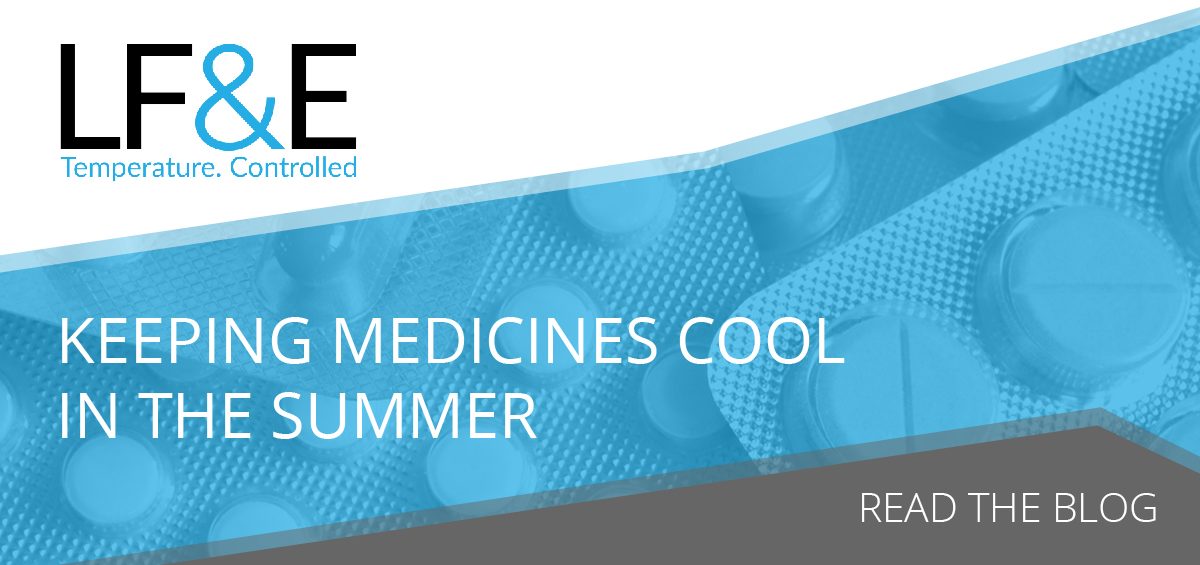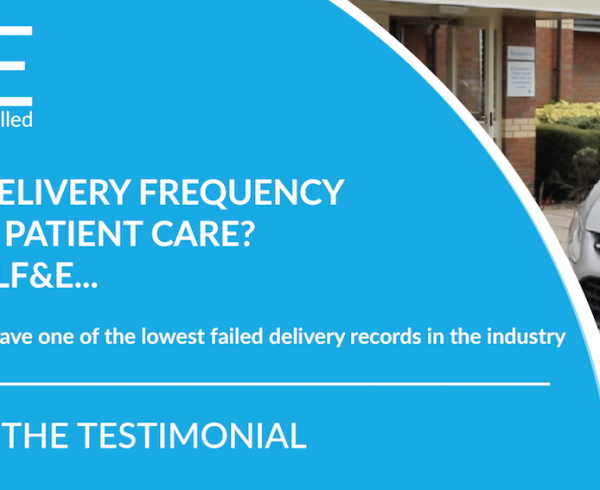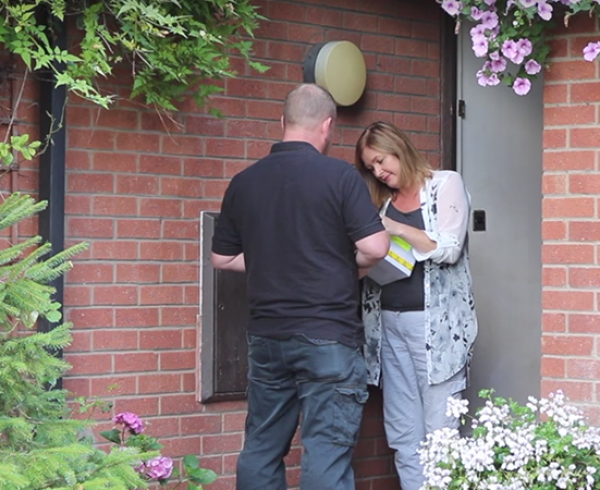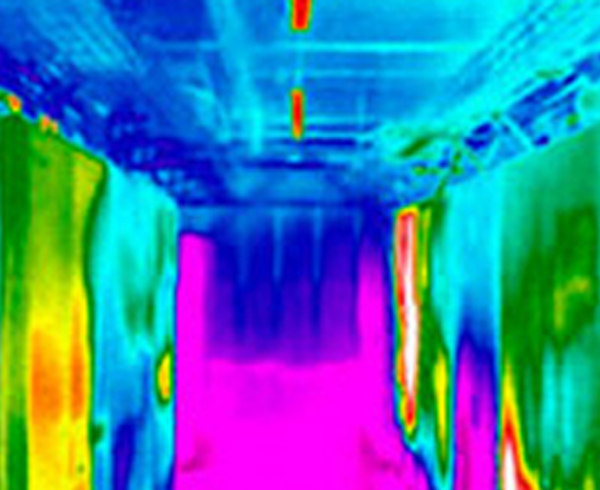The Importance of Temperature Control for Medicines
So many things seem easier in the summer. That ice-cream…going with friends to a sunny beach…deciding to happily waste a whole day lying in the garden or enjoying a drink with friends. However, keeping medicines cool is often more difficult, for patients and labs alike.
Temperature Mapped Vehicles
Our commitment to our partners isn’t affected by the season. It’s as vitally important to keep medicines as cool in summer as it is in winter. Our temperature-controlled vans were developed to ensure that we could deliver medicine on hot days as well as cool, but how do we make sure that our vans are doing the job they’re supposed to do?
Extensive Driver Training
First, we ensure that our trained drivers are fully aware of their responsibilities when it comes to carrying out checks on their temperature-controlled van. They are aware of the differing temperatures of the units, with the fridge unit being set at 5 degrees Celsius to keep cold medicines at the optimum temperature, and the ambient unit being kept at 20 degrees Celsius to ensure medicines best stored at room temperature do not lose their potency.
Pre-Route Planning
Other controls are also of importance when maintaining the best temperatures inside the van; running the fridge unit for 15 minutes prior to starting the loading process and setting off so that it is cool, and then checking that it is cool enough to store medicines in before attempting a load.
Enforcing Standard Operating Procedures
At the end of every working day, each van can print out a Journey ticket to show the fluctuations in temperatures throughout the day. Drivers know that according to their standard operating procedures a Journey ticket must be produced and signed as evidence that the vehicle has operated without incident the whole day.
LF&E’s Standard Operating Procedure manual uses pictures and text to make the driver abundantly informed of how to use the differing displays and operating panels and ensure the delivery is kept at its optimum temperature.
LF&E have recently appointed Biomap, market leaders in temperature mapping, to carry out our vehicle temperature monitoring review. Not only does this mean we are compliant with industry standards, producing such an audit proves that our client’s consignments are in safe hands.
The testing Biomap carry out is rightfully rigorous—each of our vehicles is tested over a period of 48 hours. This way of testing can mimic travel on roads, the opening and closing of doors and what happens if the refrigerated compartment breaks.
Data Mapping Sensors
By tracking the temperature changes inside the vehicle by placing tiny trackers and sensors inside the vehicle, the testing Biomap carries out can find if there are any suspicious hot or cold spots inside the vehicle, track how long they appear for, and in issuing the report to LF&E can give us guidance on how to fix them.
It’s not just about keeping medicines cool for the summer with the staff at LF&E. We know how vital it is that medicine remains at a constant temperature from the lab to the patient.
Schedule A Free Consultation With our Home Care Team Here
Whatever we do and whatever we deliver, it’s the patients who are our highest priority. They’re the ones the medicines are for, so it’s imperative they receive quality every step of the way.








Leave a Comment